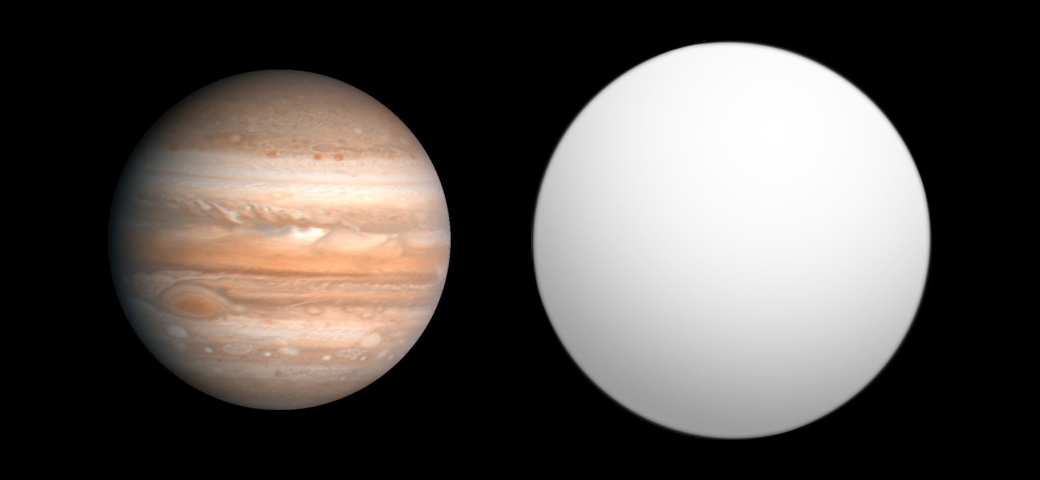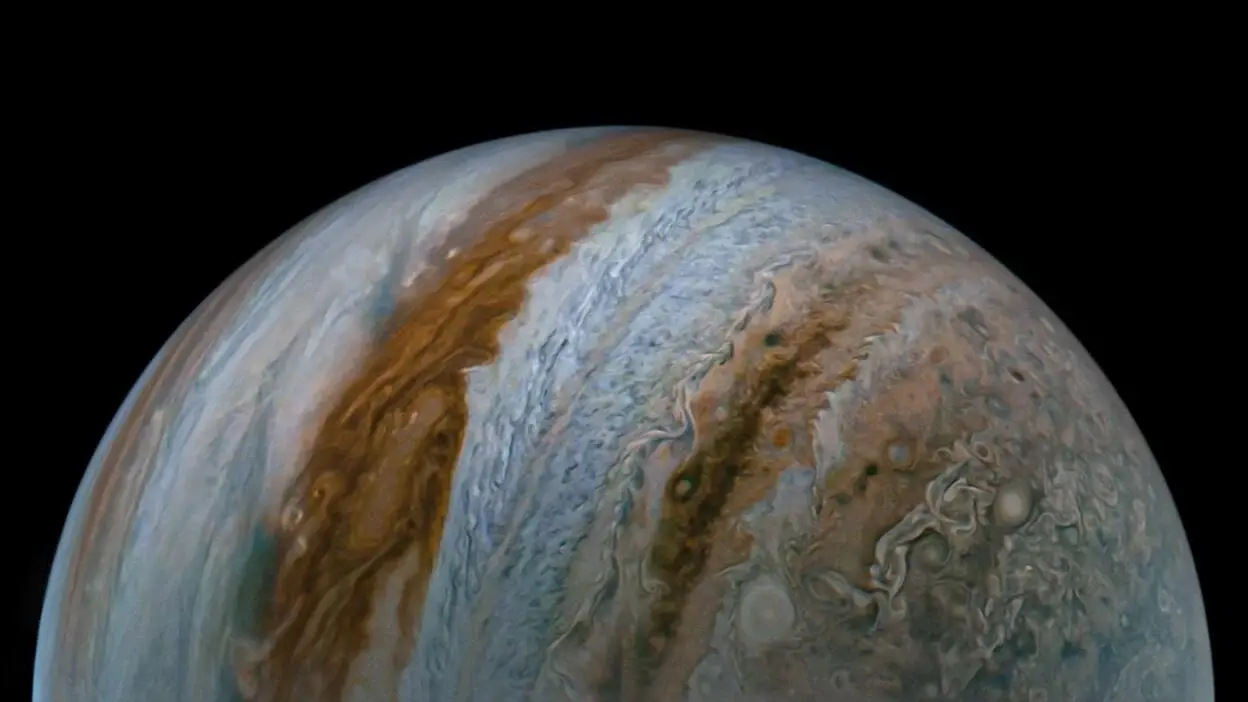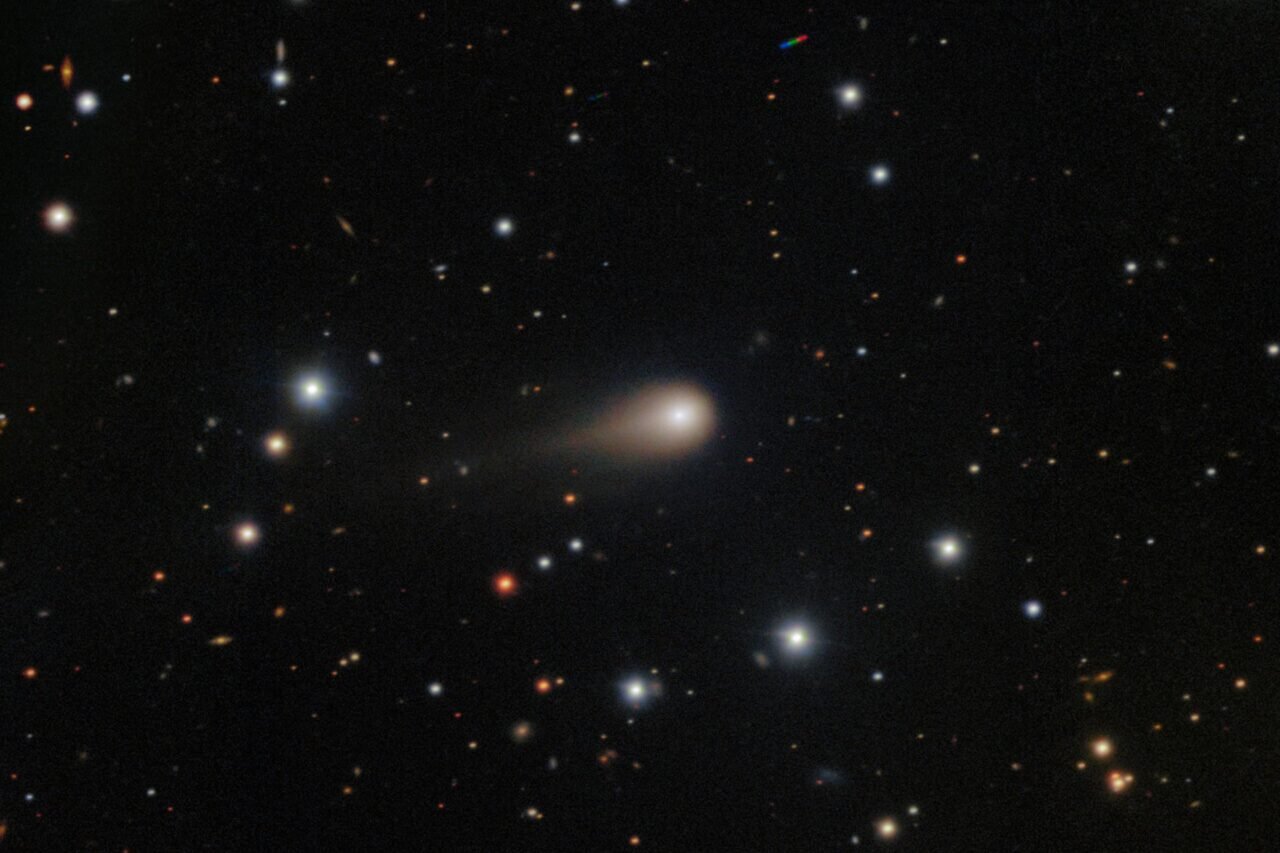Astronomers have achieved a significant milestone by creating the first three-dimensional map of an exoplanet, specifically WASP-18b, an ultra-hot Jupiter located approximately 400 light years from Earth. This groundbreaking work promises to reshape our understanding of planetary atmospheres beyond our Solar System, allowing scientists to explore the complexities of distant worlds in unprecedented detail.
Mapping an Extreme World
WASP-18b is notable for its extreme conditions, with a mass roughly ten times that of Jupiter and an orbit that lasts just 23 hours. Its atmospheric temperatures can reach nearly 5,000 degrees Fahrenheit, hot enough to disintegrate water vapor molecules. The new three-dimensional map provides insights into the distribution of these extreme conditions across the planet’s surface, offering a glimpse into its atmospheric dynamics.
The innovative mapping technique, called spectroscopic eclipse mapping, has been applied for the first time using data from the James Webb Space Telescope (JWST). This method works by observing the planet as it passes behind its host star, allowing scientists to analyze variations in brightness that correlate with specific regions of WASP-18b. The challenge lies in detecting these faint light changes, as the planet emits less than one percent of the brightness of its star.
Revealing Atmospheric Complexity
By observing these eclipses across multiple wavelengths, researchers can probe different layers of the atmosphere. Molecules absorb light at specific wavelengths, which enables scientists to create brightness maps that translate into temperature profiles. This process revealed distinct zones on WASP-18b’s dayside, the hemisphere continuously facing its star due to tidal locking. These zones not only vary in temperature but may also differ in chemical composition.
The findings underscore that even planets outside our immediate vicinity possess intricate atmospheres worthy of exploration. The ability to study these atmospheres in such detail marks a significant advancement in exoplanet research.
The implications of this technique extend beyond WASP-18b. As there are hundreds of similar hot Jupiters among the over 6,000 confirmed exoplanets, the JWST can facilitate the mapping of many of these distant worlds. This approach allows astronomers to view these planets as dynamic environments rather than mere points of light, paving the way for a deeper understanding of their atmospheric features.
Future observations with JWST could enhance the spatial resolution of existing maps. By applying this methodology to a broader range of hot Jupiters, scientists anticipate uncovering the atmospheric diversity that exists across these planetary systems. What began as a proof of concept for studying one extreme world may evolve into a comprehensive examination of exoplanets, bringing them into sharper focus as real places with unique geography, weather patterns, and atmospheric structures.
The research represents a leap forward in our quest to comprehend the vast array of worlds beyond our Solar System, highlighting how advanced technology can unveil the mysteries of the universe. As astronomers continue to refine their techniques and gather more data, our understanding of these distant planets will undoubtedly expand, marking a new era in the study of exoplanets.







